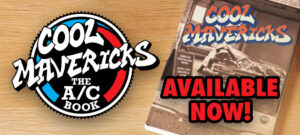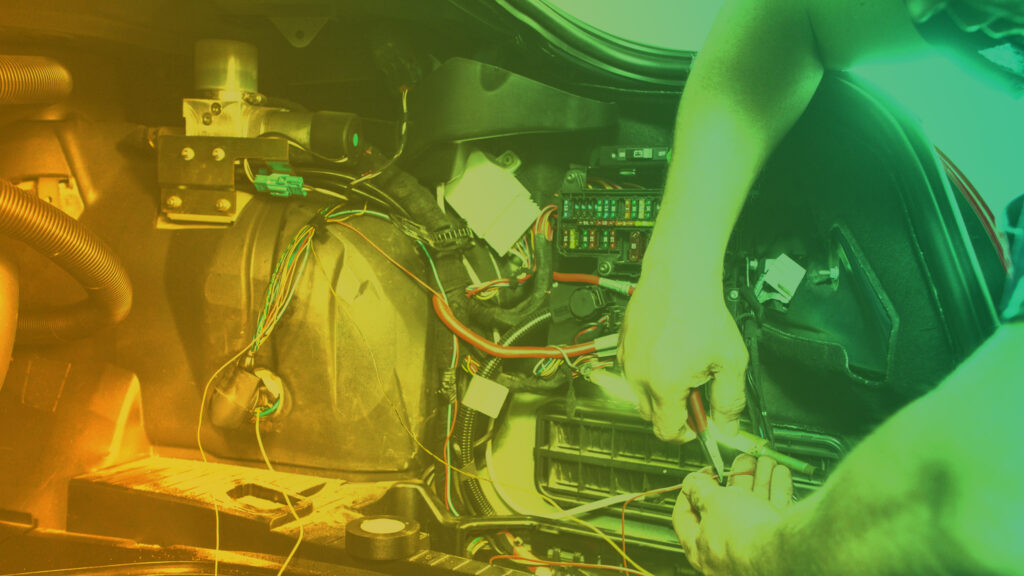Job done: Cool Mavericks book launched at Wire & Gas 2024
- PostedPublished 1 November 2024
Wire & Gas 2024 was where former VASA CEO Ken Newton and founding VASA president Mark Mitchell launched their much-anticipated book, Cool Mavericks, which chronicles the remarkable history of the automotive air-conditioning industry.
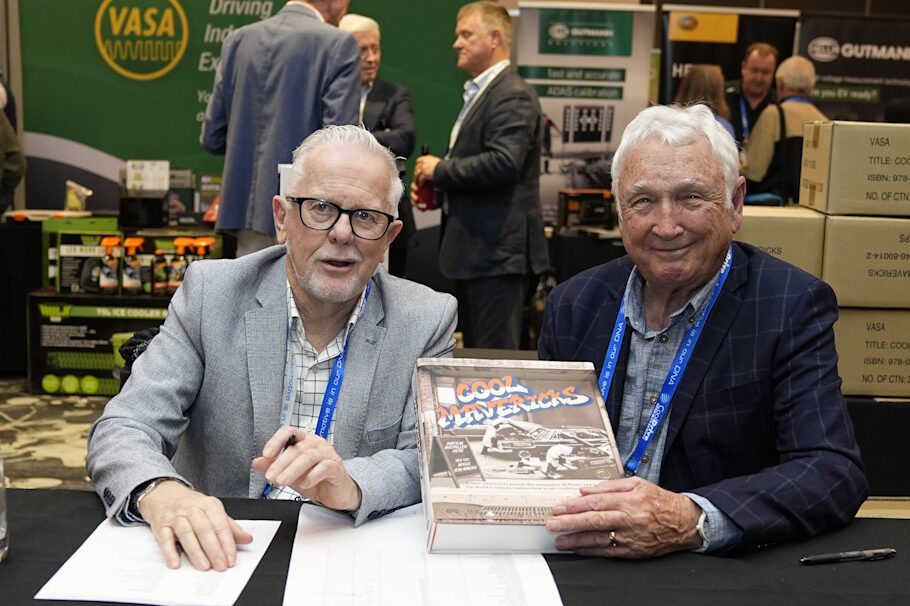
Captivating the audience with a tale of the exhaustive research and interviews with pioneers who contributed to this comprehensive account of how a once-revolutionary technology became ubiquitous and then adopted for new applications to take it deep into the future, Newton also related the painstaking process of turning all the source information and imagery into a format that can be experienced as one long story or dipped into as its coffee table book dimensions suggest.
With more than 600 pages of facts, figures, photos, and anecdotes, Cool Mavericks itself makes history as the only definitive history book on automotive air-conditioning – that happens to also be a tribute to the colourful characters who shaped the industry and to the ingenuity that drove its success.
Newton opened the launch with a heartfelt reflection on the years of work that went into Cool Mavericks. He acknowledged the scepticism many expressed about the idea of a book dedicated to air-conditioning but insisted that the stories inside are anything but mundane.
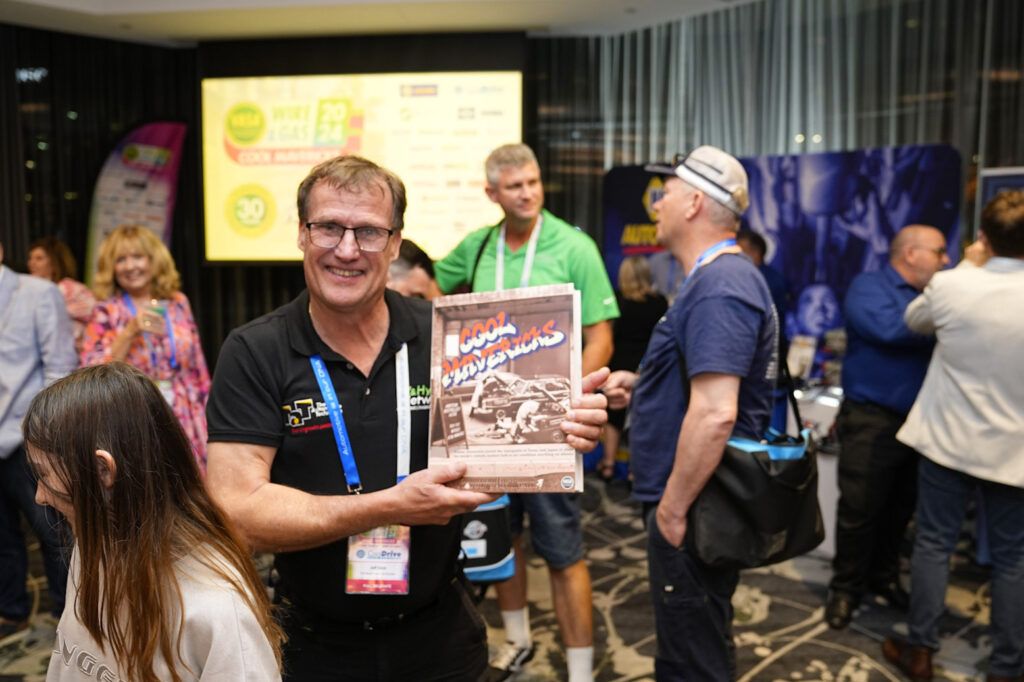
“At first glance, people would ask, ‘What could possibly be so fascinating about air-conditioning that it would fill a book you can barely lift?’” Newton said, adding that he would respond with stories about cars that were never meant to be air-conditioned, early refrigerants so toxic that a leak could be deadly, and tales of mechanics who ripped dashboards apart overnight to install cooling systems.
But more than just a technical account of the industry, Newton explained that Cool Mavericks is a celebration of human ingenuity. “It’s about adventurous tinkerers, Aussie larrikins and the pioneers who helped create an accidental industry that turned into one of the most successful sectors we know today,” he remarked.
One of the challenges Newton and Mitchell faced was how to weave together the many stories of the individuals and companies that drove the development of automotive air-conditioning. The book is structured chronologically, with each chapter telling the story of a person or company and the year they first entered the industry.
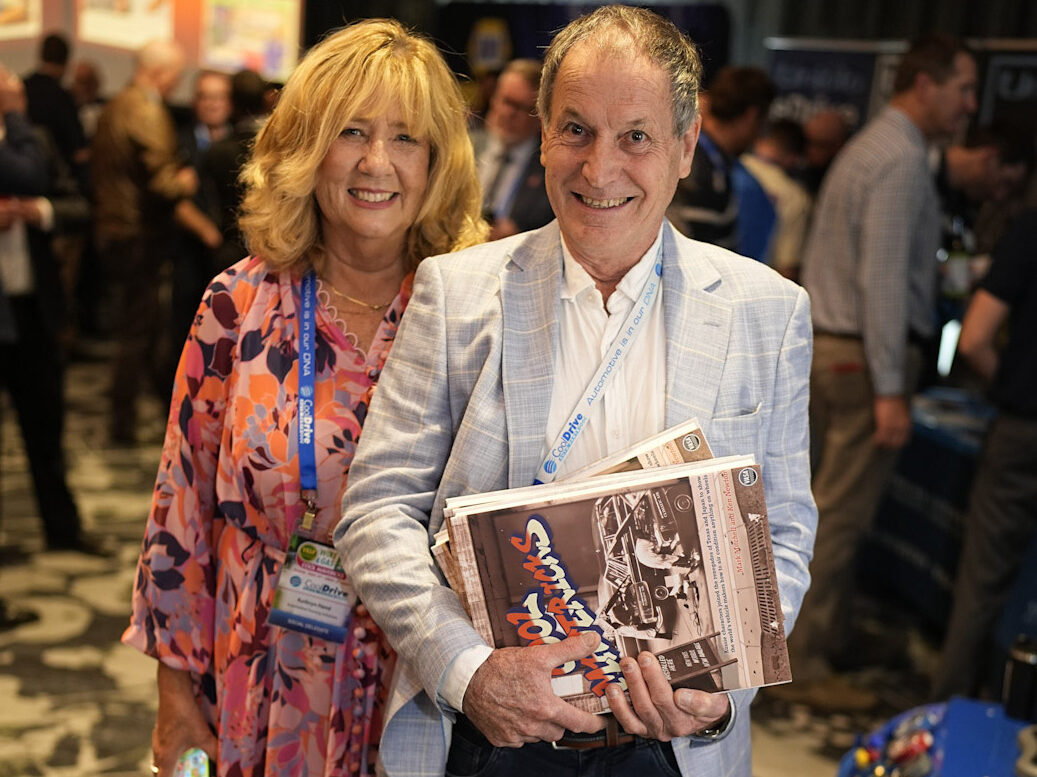
“The chapters follow a loose chronological order, but each one stands on its own as a story,” Newton explained. “It’s not a conventional book; you can browse it and find characters who jumped on this unplanned, aftermarket industry and rode it to success before car-makers caught up.”
Mitchell, who has been a driving force behind documenting the history of the industry, added that the book aims to give long-overdue recognition to the many unsung heroes of automotive air-conditioning. “This book is about more than glorifying a few big names. It’s about celebrating the people who made this industry possible,” he said.
Mitchell took over the presentation with his characteristic enthusiasm, speaking about how the stories in Cool Mavericks remain deeply relevant to the modern automotive industry.
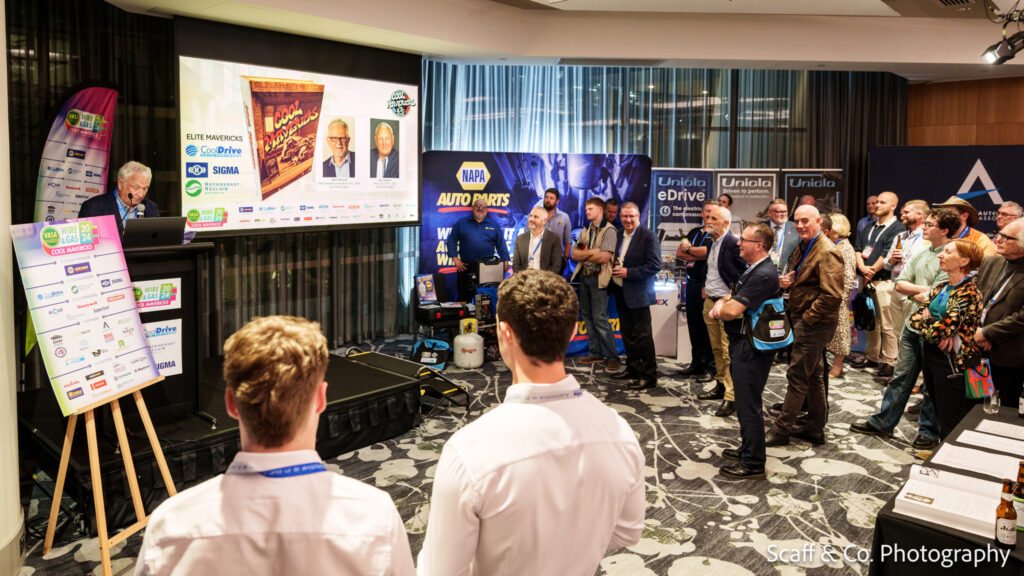
“We are still very much connected to our past,” he said.
“Many of the key events in the development of air-conditioning are recent enough that their impact is still felt today. The technology may have advanced, but the principles remain the same.”
One of the highlights of Mitchell’s speech was his discussion of the industry’s future challenges, particularly the environmental and energy concerns surrounding air-conditioning.
“Cooling vehicles, people, and places will be one of the biggest challenges we face in the next 50 to 100 years,” he said. “Finding the right mix of energy efficiency and low environmental impact will be key, and the ‘cool mavericks’ of tomorrow will be the ones to tackle it.”
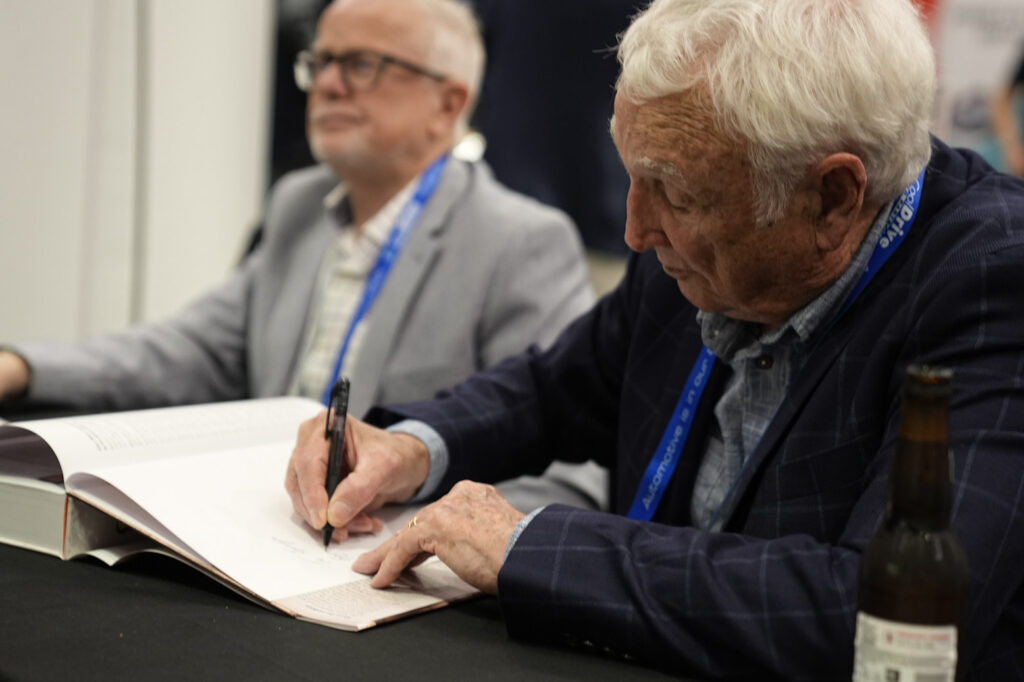
Throughout the book launch, both Newton and Mitchell made it clear that Cool Mavericks is a tribute to the individuals who revolutionised automotive air-conditioning. These pioneers, many of whom never received the recognition they deserved during their lifetimes, are now immortalised in a book that captures their spirit of innovation.
Mitchell shared some of the more poignant stories from the book, including one about a young boy who struggled with maths but went on to become one of the world’s greatest air-conditioning engineers, and another about a bloke from Melbourne who installed air-conditioning in Queen Elizabeth’s car ahead of her first visit to Australia, all the way to Vince Johnson, who invented and patented the thermal management breakthrough that helped Tesla to become a mainstream car brand with technological advantages that leave many manufacturers playing catch-up to this day.
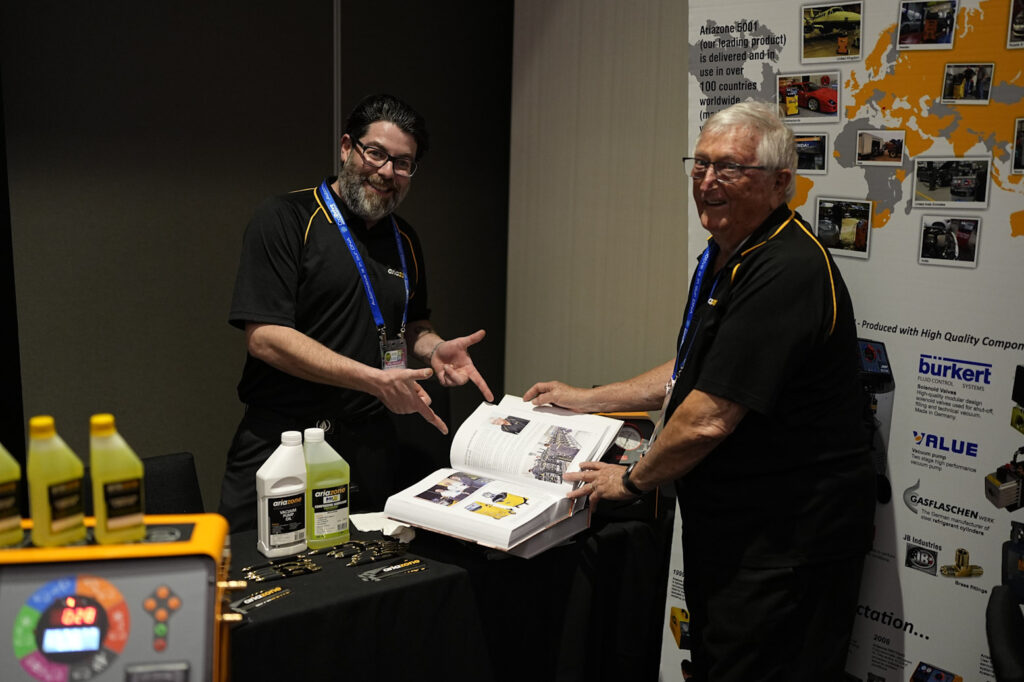
“The characters in this book weren’t just engineers; they were visionaries who took risks, solved problems and built an industry from the ground up.”
As the evening drew to a close, Mitchell left the audience with a hopeful message that the challenges of the future will be met by the ‘cool mavericks’ of today and tomorrow.
“The world is at your feet, whether you’re a technician with a spanner in your hand or a product developer with a business card. The stories in this book prove that anything is possible,” Mitchell said, urging the younger generation of industry professionals in the room to embrace the spirit of innovation that has always driven automotive air-conditioning.
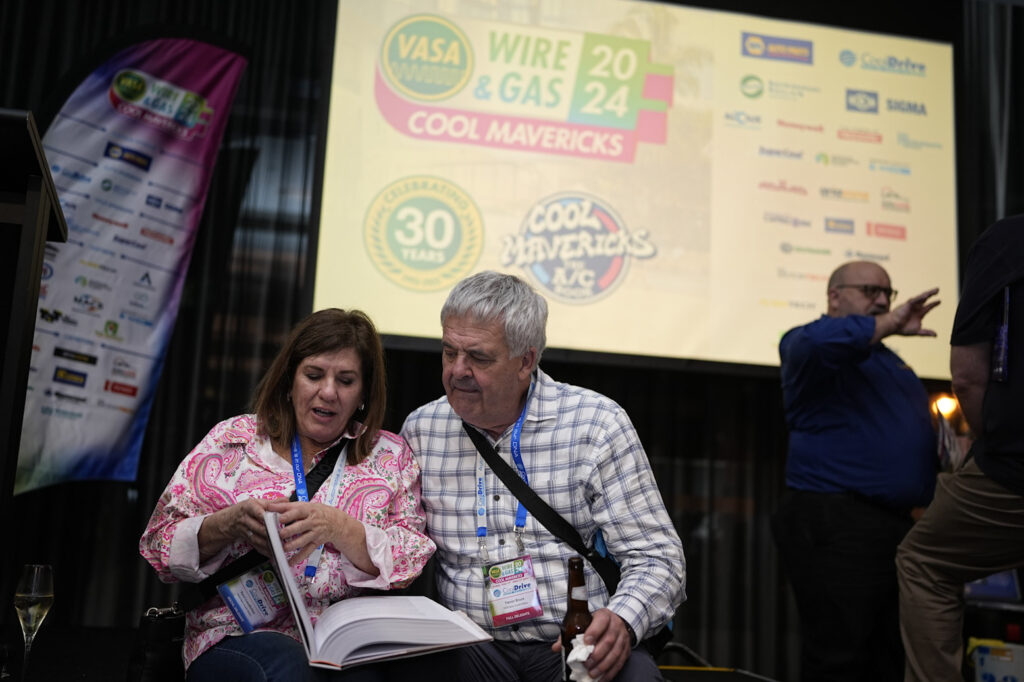
Ken Newton and Mark Mitchell’s Cool Mavericks is now available, offering a fascinating look into the history of an industry that has changed the way we live, work, and travel.
As Newton and Mitchell tirelessly signed copies of the book at Wire & Gas – and had to keep sending for more copies – it was clear that their decade-long labour of love had been well worth the wait.
- CategoriesIn Latest News, SightGlass
- TagsCool Mavericks, History, Ken Newton, Mark Mitchell, SightGlass News Issue 34

